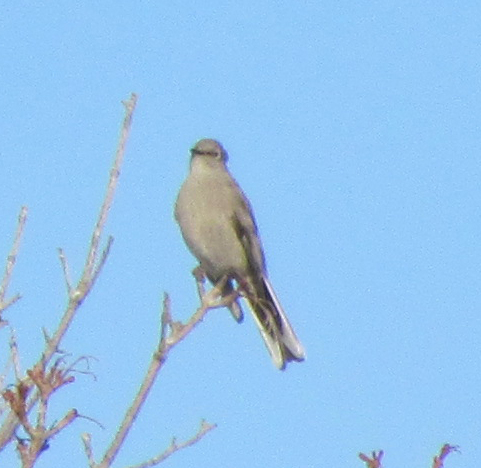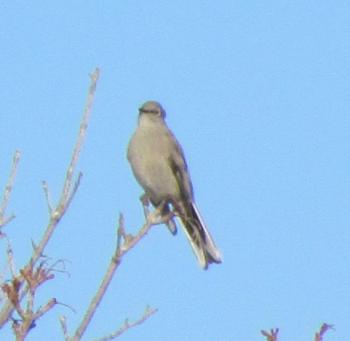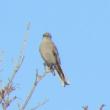Island mysteries
Islands have a mysterious draw to many people. Certainly the idea of isolation is central to the fascination. Birders may share this fascination, but we also layer on some of our own particular reasons for wanting to spend time on islands. There is the idea of exploring the unknown; in this case, the unknown bird life that, because of bird migration, is changes daily during the height of migration.
Especially alluring to avid bird is the siren song of the mega-rarity, the bird species that perhaps has only occurred a few times in the region (or never before!). In general, such rarities are found on islands more regularly than other locations, partly because islands draw in lots of migrating birds that find themselves over the ocean with no other place to land. This results in higher densities of birds per unit area and therefore more likelihood that an oddity will be among them. It is also generally easier for a birder to see and identify more of the birds in the smaller space of a small island, where there are fewer places for birds to hide.
We’ve written in these pages before about how Monhegan Island is famous among birders for all these reasons and more, but there are island examples around the world: the Dry Tortugas in the Florida Keys, Attu in the Aleutians, the Farallons in California, to name just a few of the well-known islands that have become legendary as great birding hotspots.
For the last 10 years, one of us (Jeff) has listened to his own island birding siren song and has flown out with a few compatriots on the small mail plane in late December or early January from Owls Head to Matinicus Island. It was a decade ago that he started the island’s first annual Audubon Christmas Bird Count. Sometimes the exact date for the count is determined only a day or so in advance, as weather is the key, specifically, weather that allows the participants to fly out in the morning and back in the late afternoon.
Every year the island shares some new interesting twist to its bird life. One year there were well over a hundred white-throated sparrows and dark-eyed juncos all over the island, and the next year, not a single one could be found. A tattered turkey vulture soared very low over the group one year looking like it was hungry enough to come down for the sandwiches that the counters were consuming. Razorbills can be in abundance over the frigid ocean some years, and there have been harlequin ducks along with loads of scoters and other sea ducks.
But this year was especially wonderful because the island showed off, along with its regular marvelous bounty of birds, a very rare Townsend’s solitaire — a species from western North America that has only graced the state a handful of times previously. It’s the kind of bird that, had it been known in advanced, would likely have “inspired” many more birders to hop on the plane for a chilly day of counting birds. And if the solitaire weren’t enough, a gorgeous snowy owl flushed up during pursuit of a sparrow.
Mysterious, yes, and alluring indeed.
Event Date
Address
United States

























